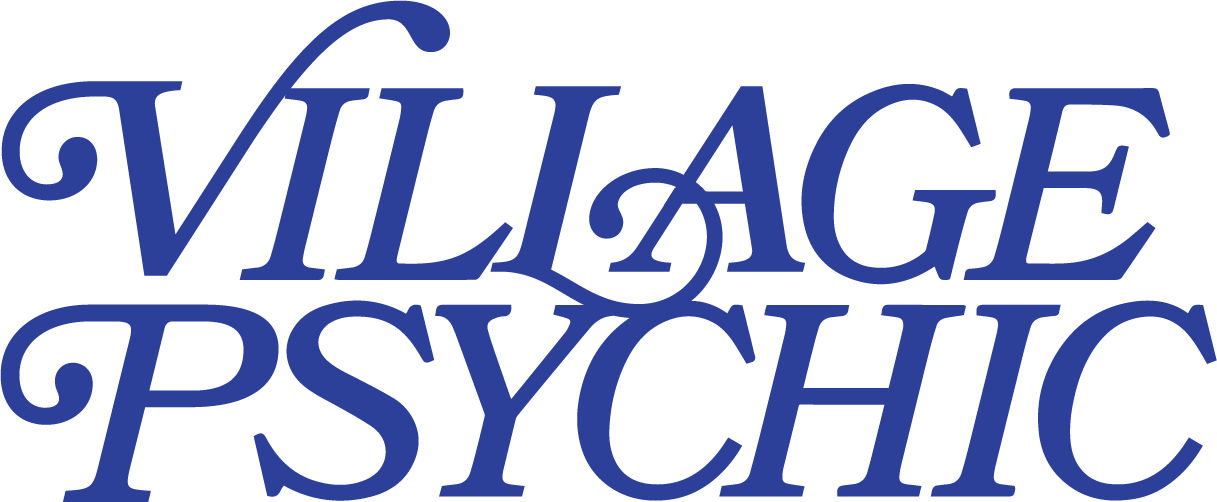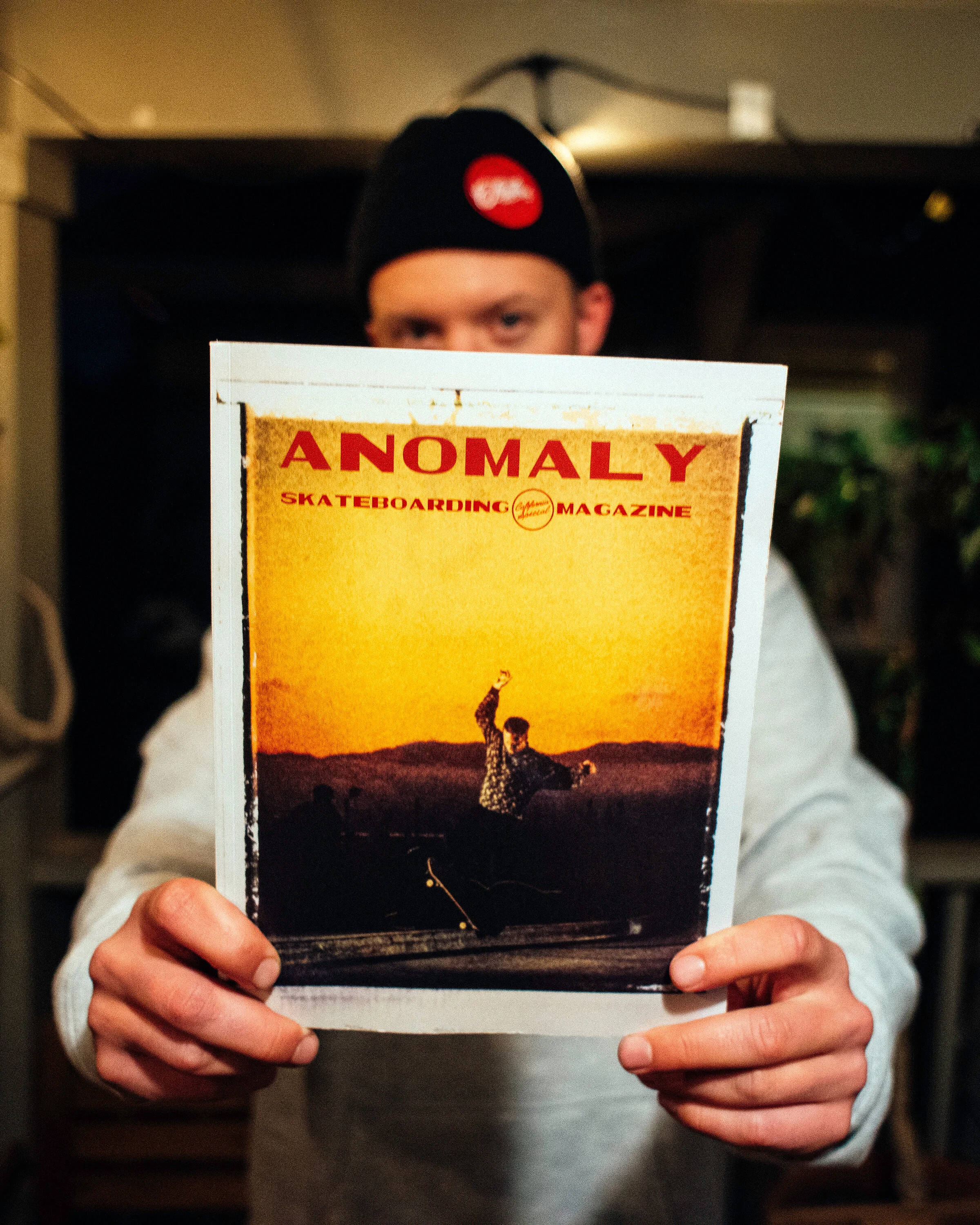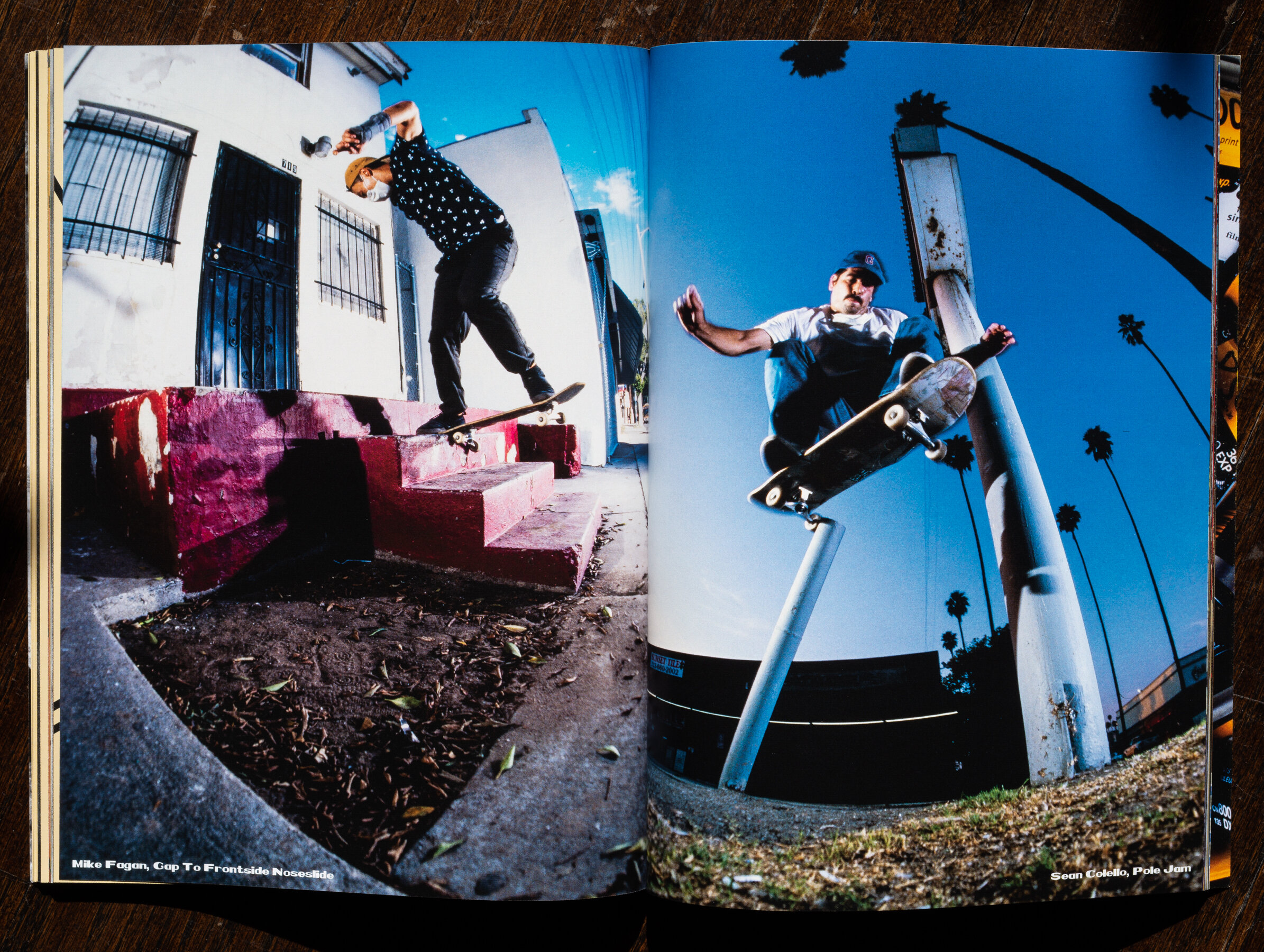Anomaly's Kevin Horn on the appeal of independent skate media
Words by Adam Abada
Honestly, I have more skate magazines now than I ever did, despite the idea that there’s only one real magazine left. I have two subscriptions. One — Thrasher — is perhaps the most “mainstream” (and longest running) mag skateboarding’s got. The other subscription is for Skate Jawn, a Northeast (read: Philly/Jersey zone) underground magazine that’s enjoyed recent upgrades to color paper and a wider distribution thanks to industry advertisers like DC Shoes. Both magazines, though maintaining drastically different footprints, represent a similar slice of skateboarding: burly, DIY, beer-swilling skate rattery (which I say with a touch of fondness). The rest of my magazines are individual purchases from scenes around the world and represent a bigger swath of the skateboard kaleidoscope — magazines like Quell, Skateism, or The Skate Witches.
One such magazine is Anomaly. This is where I’m going to reveal this whole nepotistic affair. I met the person behind Anomaly, Kevin Horn, through an editor of this website. They know each other from the Twin Cities, MN. Kevin moved to Los Angeles, we all skated together, I found out about the magazine, and I ordered one online. Through that purchase, we discovered our addresses to be just over the hill from each other, a distance that could easily be covered on foot — unheard of in this town. We became friends and, well, I haven't counted but the newest issue of Anomaly may just have more photos of me than anyone else in it.
This isn’t to pat myself on the back and say look at the pretty pictures of me skating, the first ones ever in print (if anyone puts one on their bedroom wall, though, please DM it to me). I thought that my friendship with Kevin and my relationship to Village Psychic could help show the real community-building effects of projects like these, so under the watchful eye of his cat, Cosmo, we sat down on his porch to get into it.
Kevin started shooting photos as a teenager when he was gifted his grandparents’ Canon AE-1 SLR camera. He was already skating and making skate videos, but until recently his photography projects steered clear of the subject. When he decided to start shooting serious skate photos, it wasn’t to break into the ranks of professional skateboard photographers but to capture the intimate moments he experienced in his skateboarding community. Bundled together with his final video, 2016’s Hiatus, was a photobook companion documenting the film’s creation. From this, Kevin realized he could document more personal stories and Anomaly was born.
Close-knit, organic scenes are heralded so much in skateboarding, but I rarely ever see how they are nurtured and built. Too often, we just focus on the gnarly tricks that those scenes produce. I hope that this conversation between me and Kevin will help inspire skaters of any region or type to create something about their scene. If you don’t think you can reach outside of your community, focus on that community and see how it can grow. That’s where this whole culture came from, after all.
Kevin and the cover
Did you start skating or shooting photos first?
Skating. I started skating at 11. I've been shooting film since I was 14. I’d shot photos of my friends skating but I’d never actively tried to shoot skate photos. Photos came around the same time when I started filming. I got my first video camera — I must have been 15 or 16 and had just broken my wrist — and I kind of naturally became the filmer.
I remember when I started skating a whole new artistic world opened up for me. Did skating inspire a creative burst that led you to start taking photos and making videos?
Totally. Watching videos and looking at magazines — I wanted to be like everybody who participated in that world. I wanted to be a skater, but more specifically I wanted to be the skate filmer I saw in the photos in the magazines. I did that for a long time. I made skate videos for like 15 years.
Kevin’s early skate photo days. Jan Jacobson from Hiatus, 2016
You said you didn’t “officially” start shooting skating till Hiatus in 2016. It’s relatively new, no?
Yeah. Skate filming has been a thing for me forever, but I’d say shooting skating seriously started around 2016.
I recognize a kind of obsessiveness in your documentation of skating — almost a compulsion. It makes sense that a physical project, like Anomaly, is the next step. Is that fair to say?
Totally. Part of it is preservation to document a time and place in my life and my friends. It’s also an outlet for me to express ideas or amplify someone else’s voice and ideas. It’s kind of an outlet for several different reasons.
Travis Wood talks about his Affurmative Action film
It’s sick to do that within your community. Taking me, for example, no one would want to take photos of me skating to share with others outside of it being a personal project. Other than a basic attraction towards skating as a skater, there’s no reason for people to care, if you know what I mean. What’s your drive?
Well, from the beginning, I was never photographing professional skaters. So I was never going to have my work in Thrasher or any other major magazines.
Would you want to photograph pros?
Not really. The people who do that make great work and have great relationships with those skaters. It’s just never been my goal or focus. I like to photograph my friends. There’s so many outlets for professionals. You can get that. There’s not a lot of skate outlets that are about normal, everyday skateboarders.
I appreciate that. I wouldn’t be in print otherwise! And you’re selling these, which is kind of a paradox. Why monetize amateur skateboarding?
Well, to start, my artistic goals — what I aim to achieve, whether it's a photo book, or a skate magazine — I think there’s value in them. So I think it’s worth selling. I tried that out long ago and it worked and I kept trying it and people bought it. So, I’ve accepted that there’s value in the stuff I put out. If I’m putting my effort and energy and passion in it, I truly feel there is value.
How did you come to accept your own value? That’s hard to do. Ideally, we can all make art and survive but you really can’t do that as an artist, at least not in America. How did you find that confidence within yourself?
The first thing I made and sold was my first full-length skate film from 2009 called New Flavors. I had a premiere and had DVDs at the premiere and online. And people bought it. There were a lot of people involved and it was a skate video so it had value in it. Within the world of skateboarding, people are already consuming these things.
I made a skate video around that time. Definitely no one was gonna buy that thing, though.
Well, I come from the Twin Cities. They have a huge output of independent skate videos. I think part of where I come from is this community that really fostered a culture of making skate content. Skate media was super valued where I grew up. I wanted to be a part of that. I wanted other people to see my video.
It kind of covers costs and keeps you going if you’re selling them, no?
Yeah, it becomes kind of self-sufficient. The last one pays for the next one. Any money I might net from a magazine release goes straight to getting more film, or a piece of equipment, or printing costs — that’s really expensive. Everything is shot on film and I process and scan everything myself. There are no ads in the magazine.
That’s hard to do. We’re doing an interview and kind of talking nonchalantly, but I know there’s this talk and then there’s actually spending the time to do it. And I see you spending that time. You’re kind of, I don’t know, an expert at this, ha. What would you want to see from skate media as someone who engages in it?
Like, what would I want to see out of more mainstream skate media? I think mainstream skate media, as it exists right now, is exactly what it needs to be. That’s why it is “mainstream.” If I wanted to change it, I’m just going to describe the magazine I created. I made it because I thought it was lacking in the skate media I was seeing. I’m not the only one to do this or do it my way, others have.
You didn’t make Anomaly with the goal to become mainstream?
No, I didn’t.
Village Psychic, where we’re doing this, isn’t mainstream, per se, but they do get in there…
I think of Village Psychic as kind of what I do but with actual professionals. They’ll find a niche story within the actual professional world of skateboarding.
Well they’re doing it with us right now…
Haha, they do both! I’m not specifically seeking out people who aren’t on the radar, I’m just doing this work from my life. At the same time, if I become friends with someone who is a pro skater or a former professional anything, there might be a story there. They usually present themselves to me.
What are your hopes, then, for independent media? Not even independent, because that kind of situates it as one end of a spectrum with mainstream being on the other side. I’m kind of thinking outside of that spectrum to encompass the whole world of hobbyists and amateurs who may truly just be doing things for themselves or their communities. The “off-off-Broadway” media of skating.
In general, I would like to see more. More from every group of skaters out there!
Patrick Kigongo discussing The Black List
To clarify, you’re not talking about seeing more on the internet, right?
Right, everyone is putting stuff on the internet. This is something that’s sort of new, but now you can go on the internet and find every type of skater that you want to see or align with. I’d like to see more groups making skate media, to see that diversity reflected in tangible print things, or gallery shows, or skate films. I just want more people making stuff that reflects their perspective. Something that I think is tough is expecting every video to check all the boxes, which is sort of what mainstream media is posting.
There’s almost too many videos for that to happen, though, no?
Sure. But speaking strictly about where we get most of our media from, if there’s only a few big things, it’s hard for that to check everything. You can’t. If more people were making stuff about their community and focusing on their crews and neighborhoods, maybe those could rise to the top.
Is there value, though, even if they don’t rise to the top?
“Rising to the top,” is maybe the wrong phrase. Becoming accessible and having the possibility to be seen by more people than just your community is what I’m talking about.
Right. Media kind of is on the internet, but there isn’t necessarily the most value there. I made my video Big Budget last year — it was just for me and my friends, but I’m gonna put it online. It gets, I don’t know, a few hundred, maybe a thousand views. You start getting wrapped up in the value of the view count. And there is value, especially if you’re a company and money is involved. But, for me, screening the video with my community and having everyone be there creates more value for me personally out of that object. And then you do a bit about it in your magazine. It almost seems silly and insular, but there is value there. That’s what I appreciate about your work. I mean, really, it’s how we met. It proves its own point — you making something for the community has already worked.
It comes back to the creation of the magazine. I wanted it to be a way for me to meet people. It’s hard to meet people and have it stick. This is a bit of a new forming thought that I’ve never had…
That’s what we like, man…
Well, I moved here and didn’t know anybody. I had issue 3 of Anomaly ready to go and released it within two months of moving here. I had the magazine with me whenever I went out skating and I would give it to people at spots if anyone was interested. And I made friends that way! I mean, it’s funny — Spencer is the reason I even started going to curbs and slappying. He invited me to a session you were at…
I probably invited him to that session! I think you got there before him and I didn’t know who you were and I saw a Familia and Village Psychic sticker on your water bottle…
Then you ordered the magazine! And I saw your address was just over the hill from mine. I drive past that house! I was like alright, this guy’s gonna be the homie now. That’s why I put stickers and stuff on my water bottles!
Ha, damn. You were right. Then I made you take that photo of me ollieing a fire hydrant. Now I’m having a realization. I’ve always been sort of anti-sticker because I consider them mostly trash, you know? For every sticker that gets stuck, probably 10 just become trash.
But they’re conversation starters!
You’re right!
That’s why I love shop tees and decks so much. It gives you something to relate to someone with. Turns out you’re only a few degrees removed from anybody in this culture.
The sticker on your water bottle is essentially like a profile picture. Your magazine with all your photos is your grid. It’s what’s going on on the internet — what internet profiles are modeled after — but it’s just more impactful and meaningful in real life. It got to the point where I’m interviewing you on your porch about a magazine I’m in.
Of course! That’s why I want to see more from every crew. I don’t necessarily need to see different things, just more outlets. More people like me making things in their respective communities. You can do it. It takes a lot of work and practice but I just decided one day that I was going to do it. And then I did it. It was absolutely a risk, but what isn’t?
I mean, if you fail at making a magazine that’s pretty sick. A bad magazine is so much sicker than having never made a magazine.
Exactly! It’s super subjective too. It’s gonna be OK. I want more people to take that risk. It comes from a place of privilege to say, “Take a risk and make a thing and spend money on something that might not work out,” but I’ve been winging it the whole time. I’ve been freelancing my whole professional life. Most of the moves I’ve made are a risk, and you feel the financial hits haha. Luckily, I bounce back and things work out sometimes.
Final words, thoughts, or advice?
Anytime someone asks me for advice I usually say this. It’s easy for your confidence to be down, especially if you’re starting out. But I like to say, no one is looking at you. When you're starting out is the perfect time to make mistakes or experiment. That’s a time to find your voice.
That’s great advice. By the time people are watching, someone is out there liking what you’re doing. If someone dislikes or likes what you’re doing, there’s probably someone feeling the opposite about it. That’s how it’s gonna go.
Totally. Put yourself out there. Take the risk.
Great work on the new mag. Cheers, Kevin
Anomaly is an independent magazine focused on skateboarding & its peripherals. Issue #4 features Patrick Kigongo, Travis Wood, Adam Abada, Graham Wallace, and more.. It's 7.5" x 10", with 96 full color pages. All photos are shot on film. Buy it, and other issues of Anomaly, here.
Special thanks to Max Harrison-Caldwell











